The concept of affordable housing has changed.
Sharing at the annual event "The 4th Spring Real Estate Forum and the Ceremony to Honor the Leading Real Estate Brands in 2023 - 2024" held on the morning of March 15, Lawyer. Dr. Doan Van Binh - Vice President of the Vietnam Real Estate Association (VARS), Chairman of CEO Group said that any country is concerned about housing, employment, health care and education. In particular, housing is a very important issue, not only solving the housing needs of people, but also affecting many other social issues.
However, after 2 years of Covid-19, the world has experienced many difficulties, high inflation, many countries in the world are facing a housing crisis, not just Vietnam. Countries and territories in the US, Europe, including Germany and China are all facing this problem.
In Vietnam, to solve the housing problem, the Government issued Decision No. 2161/QD-TTg dated December 22, 2021 of the Prime Minister approving the National Housing Development Strategy for the 2021-2030 period, with a vision to 2045, to develop housing for middle-income and low-income families, especially housing suitable for the affordability of the majority of people.
From the market perspective, affordable housing will have a price for a basic completed apartment of less than 1,000 USD/m2, meaning a 65m2 2-bedroom apartment costs about 65,000 USD, equivalent to 1.6 billion VND, about 25 million VND/m2.
However, according to research by the Vietnam Real Estate Association (VNRea), the reality is that apartments with this price are almost "extinct" in Hanoi and Ho Chi Minh City. Currently, the "standard" price of affordable housing in these two cities has increased by 20-30%, at 2-2.4 billion VND/apartment.
“That said, the concept of affordable housing has changed dramatically, it is no longer at $1,000 but may have doubled,” Mr. Binh said.

CEO Group Chairman speaks at the forum.
Accordingly, Mr. Binh said that Vietnam should look at the experience of developing affordable housing in some countries.
In the United States, according to the National Low-Income Housing Coalition, the country currently has a shortage of 5.5 to 7.3 million affordable housing units; according to the National Association of Realtors (NAR), the market is short 320,000 units below the $256,000 price point. The United States must build 550,000 more units each year to make up the shortfall. Three states—California, Florida, and Texas—account for 40 percent of these units.
To address the affordable housing problem, the country used funds from the American Rescue Plan to create more affordable rental housing.
California funds the conversion of underutilized office space into affordable housing; provides $8,000 in support to low-income people eligible to rent affordable housing to cover costs such as appraisals, attorney fees, etc.; provides tax incentives to developers who dedicate 20% of their apartments to affordable housing, etc. In particular, banks provide mortgage loans for 100% of the contract value.
Or in Germany, the richest country in Europe, the home ownership rate is quite low, only 46%. The German government also had to intervene with administrative orders to solve the problem of affordable housing for the people.
Or even like our "neighbor" China, Mr. Binh said that the Government of this country also set a target of adding 6.5 million new low-income rental housing units in 40 major cities by 2025, while applying 17 financial and non-financial solutions, and banks also redirect financial flows for affordable housing.
State incentives are not in accordance with market rules.
Also sharing about the above issue, Mr. Le Viet Hai - Chairman of Hoa Binh Construction Group said that in 2021, the State issued a Resolution to promote the development of social housing, but then in 2021 - 2022 there were no transactions.
In fact, in the real estate market of Ho Chi Minh City, from before the pandemic to 2023, the high-end segment accounted for 82% of the total supply in the pre-pandemic period, affordable housing decreased by 40% and affordable housing became "extinct" in the market.
To cause the above situation, the Chairman of Hoa Binh Construction said that the core problem is that incentives for social housing such as project approval, design approval, buyer target, project scale, and selling price are still very complicated.
“About 2 years ago, we worked with the social housing investor. The project already had an investment license, but it was not until early this year that we were able to temporarily complete the procedures for building social housing so that we could start implementing it,” Mr. Hai cited.
Citing statistics from the Ministry of Construction, it is shown that the number of social housing projects proposed is very low compared to the set target. The reason analyzed by Mr. Hai is that the State's incentives on land use tax, VAT, credit, and management costs are not in line with market rules, so it is not possible to reach an agreement between the State and investors.

Mr. Le Viet Hai said that the State's incentives are not in accordance with market rules.
Associate Professor, Dr. Dinh Trong Thinh, however, believes that when it comes to social housing, it is necessary to distinguish and clearly define social housing, affordable commercial housing, or luxury housing, but this has not been discussed.
Accordingly, social housing is housing planned by the State to support vulnerable populations. Affordable commercial housing is supported by the State for the general population, meeting the needs of the majority of the population. High-end housing also needs to have clear standards and regulations.
"Therefore, the first step that needs attention is to clearly define the type of house and planning. Allocating 20% of commercial housing project land to develop social housing, sounds reasonable but I think it is still fragmented. It will be difficult to ensure consistency when built," the expert analyzed.
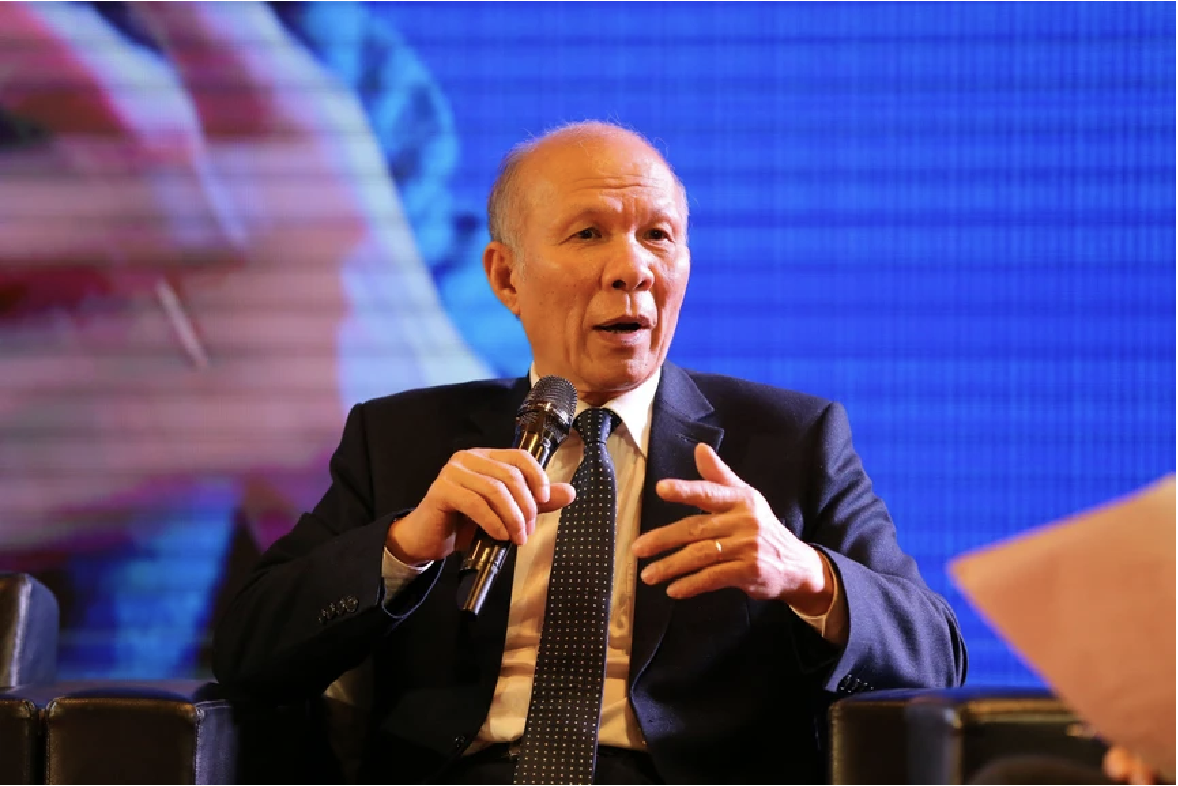
Associate Professor, Dr. Dinh Trong Thinh spoke at the forum.
From there, Mr. Thinh stated the view that it is necessary to plan to have the characteristics of a residential area, meeting the needs of accommodation, work, and daily life. In particular, it is necessary to eliminate the view that low-cost social housing is of low quality, leading to many areas being built but not being sold, and people not coming to live there. With affordable housing, the government needs to have policies from planning to capital sources to support .
Source














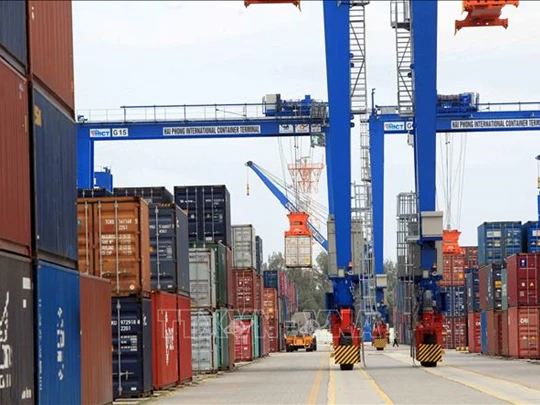





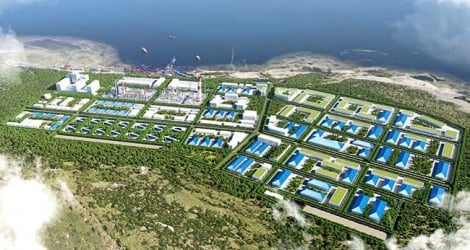







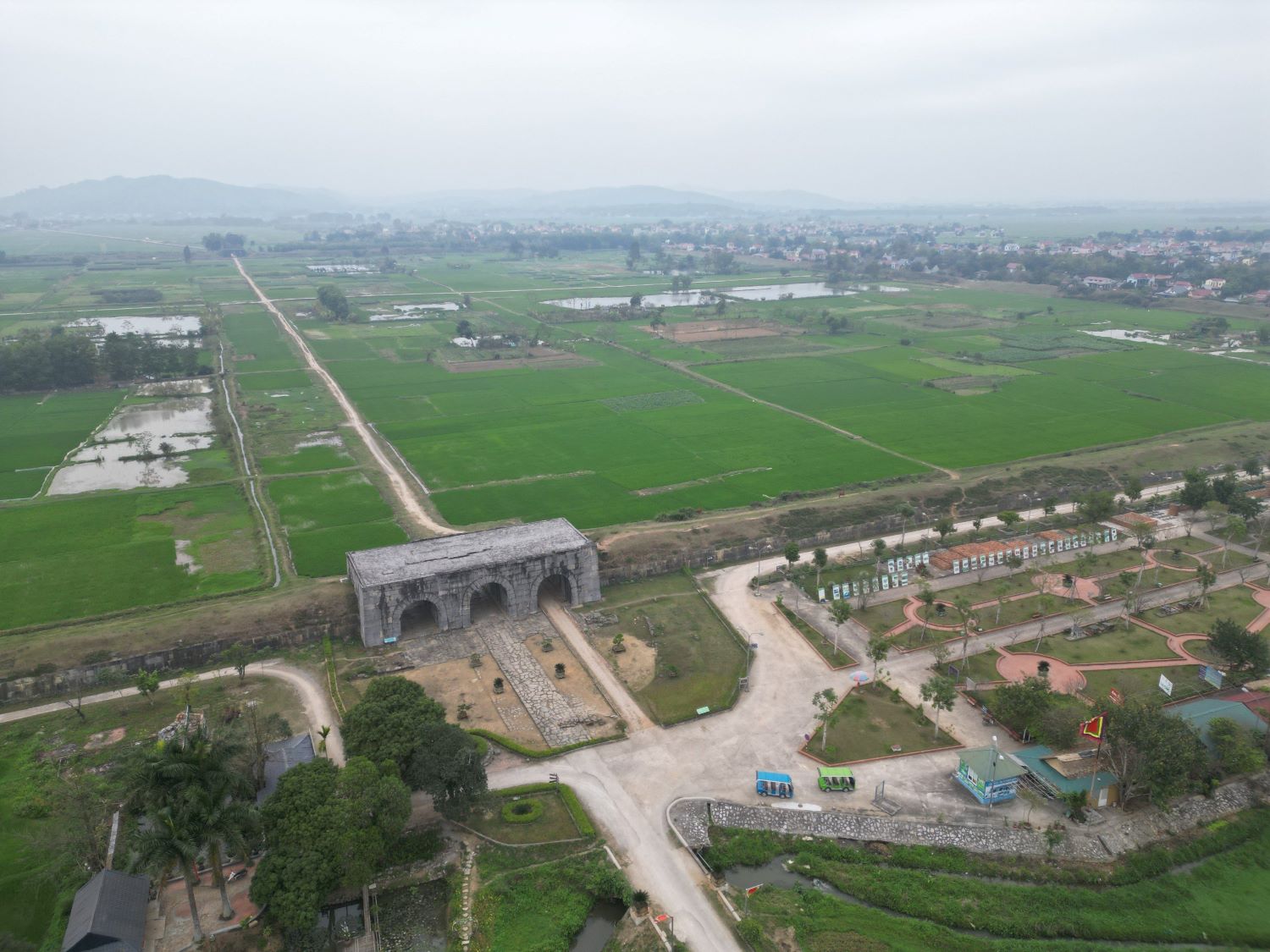










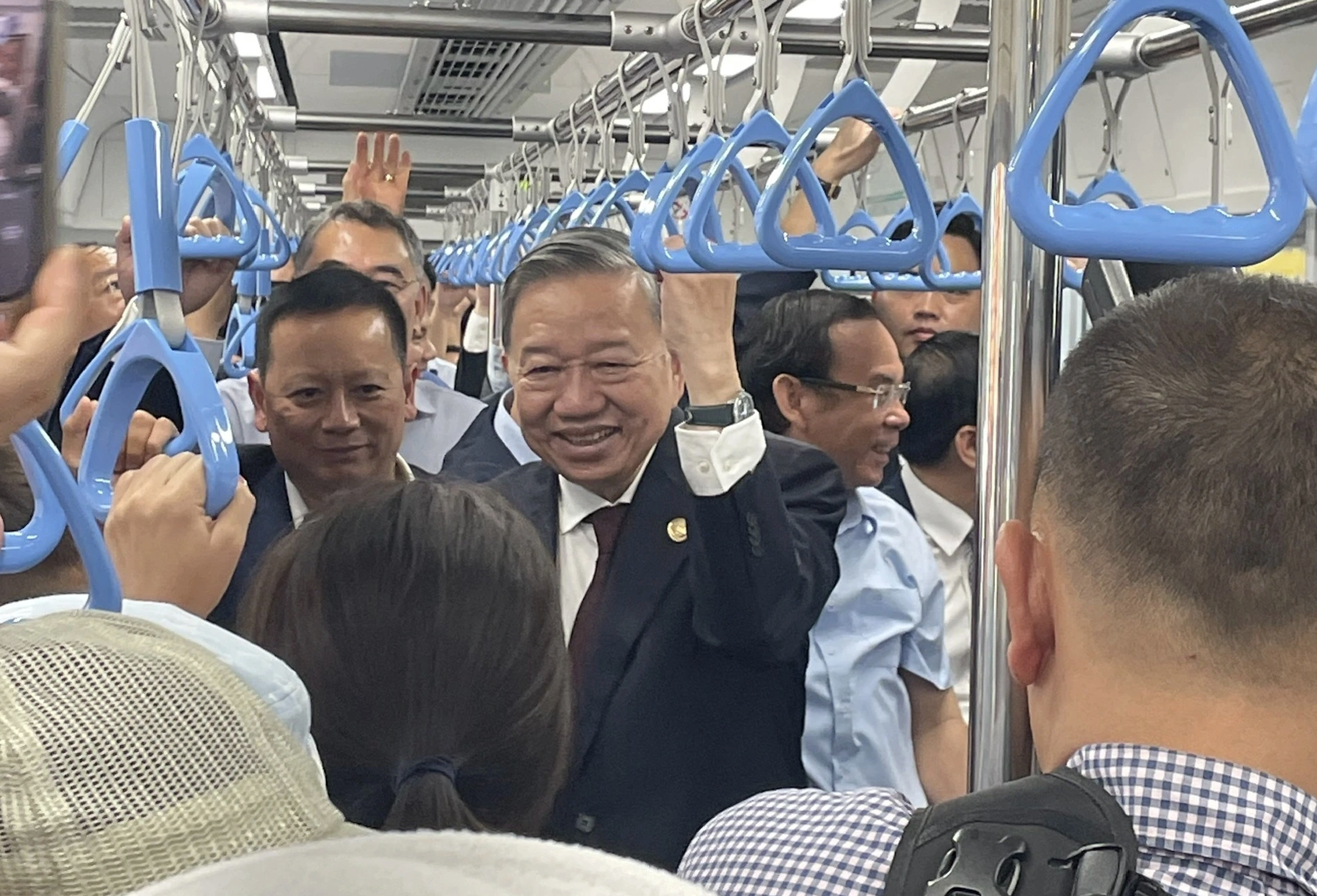
Comment (0)